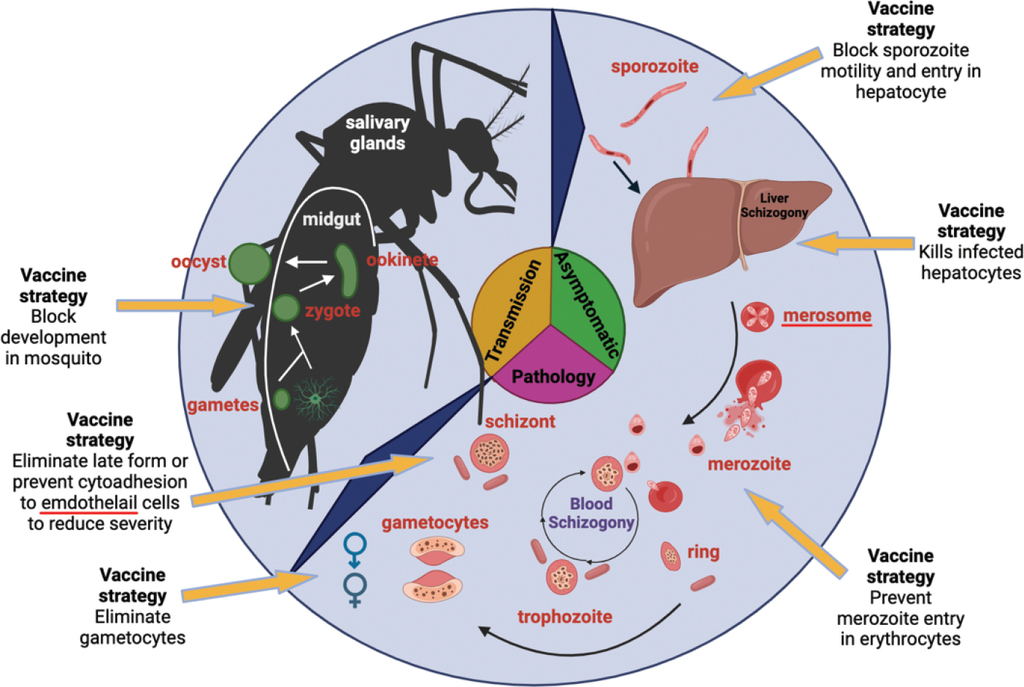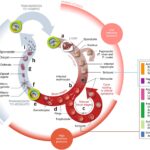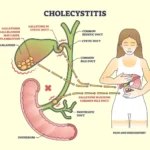Malaria remains a critical global health issue, with Plasmodium falciparum being the deadliest of the malaria parasites. The emergence and spread of chloroquine-resistant strains of P. falciparum have complicated prevention and treatment efforts, necessitating alternative strategies and interventions. This article provides a comprehensive overview of measures to prevent chloroquine-resistant P. falciparum malaria, ensuring that healthcare providers, researchers, and travelers are well-informed.

Understanding chloroquine resistant plasmodium falciparum malaria prevention
Chloroquine resistance occurs when P. falciparum develops the ability to survive and proliferate despite exposure to chloroquine, a historically effective antimalarial drug. Resistance is primarily attributed to mutations in the pfcrt gene, which encodes the chloroquine resistance transporter protein. These mutations alter drug transport mechanisms, rendering chloroquine ineffective.
Global Distribution of Resistance
Chloroquine-resistant P. falciparum is prevalent in many malaria-endemic regions, particularly in Sub-Saharan Africa, Southeast Asia, and South America. Monitoring and mapping resistance patterns are critical for tailoring prevention strategies and selecting appropriate antimalarial drugs.
Strategies for Preventing Chloroquine-Resistant Malaria
1. Chemoprophylaxis: Effective Drug Options
In regions with chloroquine resistance, alternative antimalarial drugs are recommended for chemoprophylaxis:
- Atovaquone-proguanil: Highly effective with minimal side effects, this combination inhibits parasite mitochondrial function.
- Doxycycline: A cost-effective option that disrupts parasite protein synthesis, though it may cause photosensitivity.
- Mefloquine: Suitable for long-term use but associated with neuropsychiatric side effects in some individuals.
Healthcare providers should tailor prophylaxis based on the patient’s medical history, destination, and duration of travel.
2. Vector Control Measures
Preventing mosquito bites is a cornerstone of malaria prevention. Key vector control strategies include:
- Insecticide-Treated Nets (ITNs): Long-lasting insecticidal nets provide a physical and chemical barrier against mosquito bites.
- Indoor Residual Spraying (IRS): The application of insecticides to indoor surfaces kills mosquitoes that rest indoors.
- Personal Protective Measures: Wearing long-sleeved clothing, using insect repellents containing DEET or picaridin, and avoiding outdoor activities during peak mosquito activity hours.
3. Vaccination Efforts
The RTS,S/AS01 malaria vaccine offers partial protection against P. falciparum. While not a standalone solution, it complements existing prevention measures, particularly in high-risk populations such as children in endemic areas.
4. Surveillance and Rapid Diagnostics
Early detection of malaria cases and prompt treatment reduce transmission risks. Rapid diagnostic tests (RDTs) and microscopy are essential tools for identifying infections. Surveillance programs help track resistance patterns, guiding policy and treatment recommendations.
5. Community Education and Engagement
Educating communities about malaria prevention empowers individuals to adopt protective measures. Awareness campaigns should emphasize the importance of:
- Proper use of ITNs
- Seeking timely medical care for fever
- Adhering to prescribed prophylactic regimens
Treatment of Chloroquine-Resistant Malaria
When prevention fails, prompt and effective treatment is crucial. Artemisinin-based combination therapies (ACTs) are the gold standard for treating chloroquine-resistant P. falciparum malaria. ACTs combine fast-acting artemisinin derivatives with a partner drug to ensure parasite clearance and reduce resistance development.
Key ACT Options
- Artemether-lumefantrine
- Artesunate-amodiaquine
- Dihydroartemisinin-piperaquine
Patients with severe malaria require intravenous or intramuscular artesunate, followed by a full course of ACTs.
Challenges in Addressing Drug Resistance
Efforts to combat chloroquine-resistant malaria face several challenges:
- Limited Access to Medications: High costs and supply chain issues hinder access to effective drugs in low-income regions.
- Drug Resistance to ACTs: Emerging resistance to artemisinin threatens current treatment protocols.
- Insecticide Resistance: Resistance in mosquito vectors reduces the efficacy of ITNs and IRS.
Future Directions
Research and Development
Ongoing research aims to develop new antimalarial drugs and vaccines to address resistance challenges. Genomic studies of P. falciparum and its mosquito vectors provide insights into resistance mechanisms and potential interventions.
Strengthening Health Systems
Investing in healthcare infrastructure ensures timely diagnosis, treatment, and distribution of preventive tools. Cross-border collaboration and international funding are critical for sustaining malaria control efforts.

